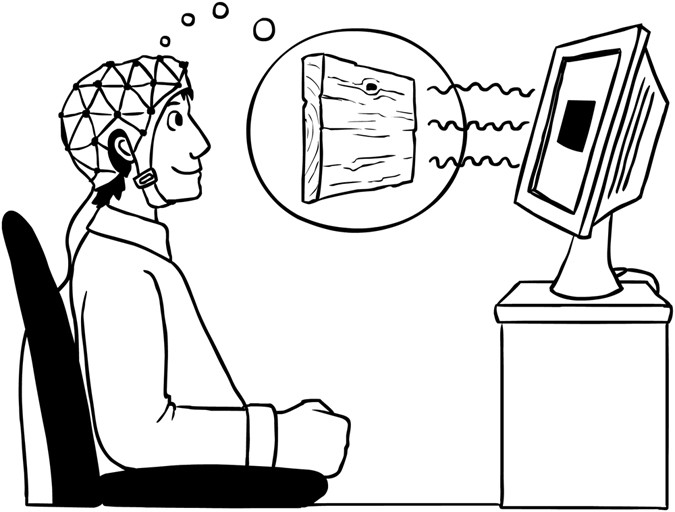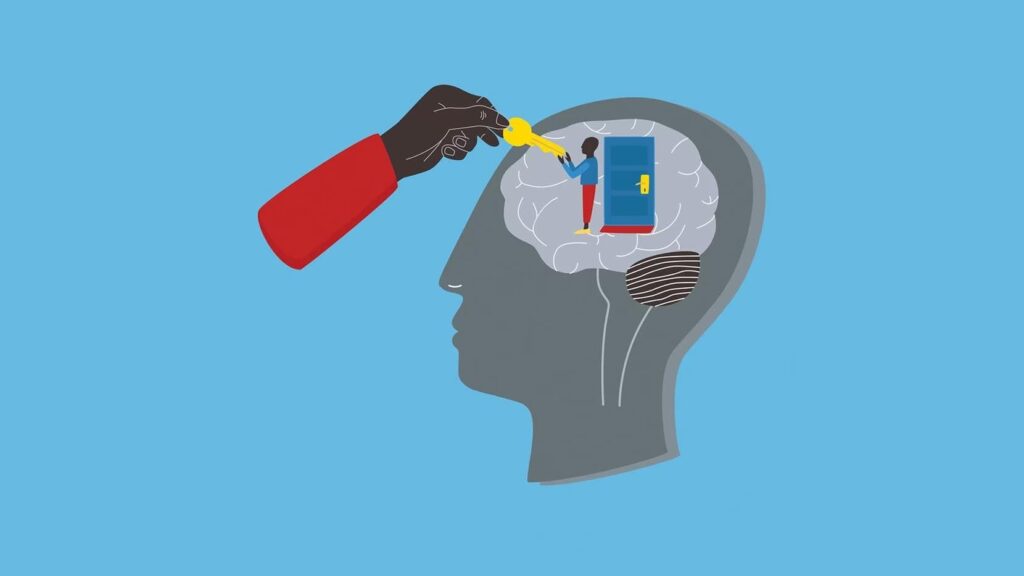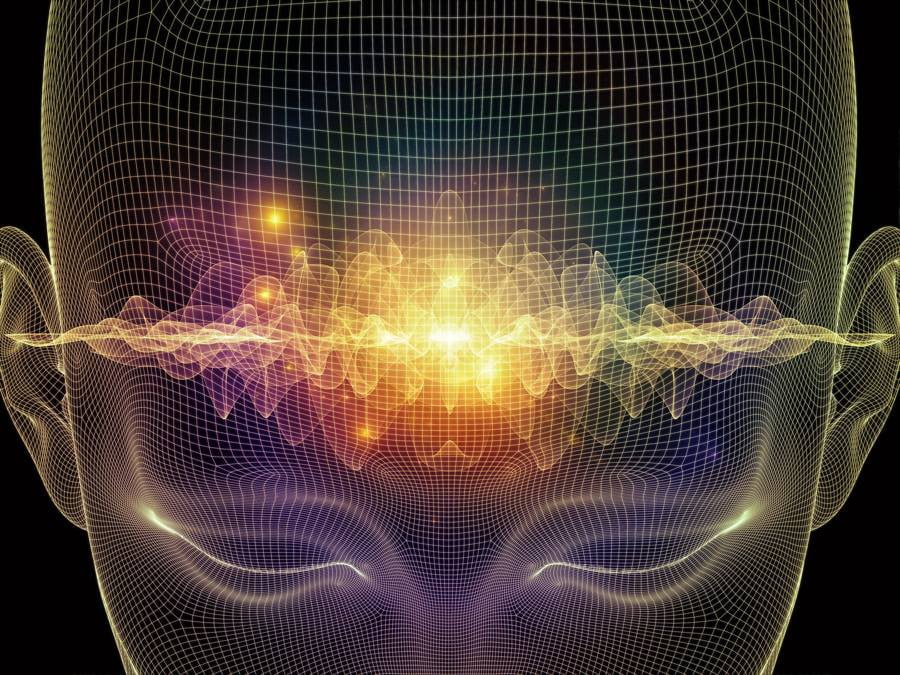The advent of the digital age has brought about a plethora of innovative technologies that have revolutionized various aspects of our lives. Among these advancements, digital hypnosis has emerged as a captivating field, encompassing the utilization of technology to induce altered states of consciousness, facilitate behavioral change, and unlock the depths of the human mind. This essay explores the concept of digital hypnosis, its history, underlying principles, applications, ethical considerations, and the potential it holds for the future. By examining current research and advancements in the field, we shed light on the potential benefits and risks associated with this cutting-edge form of mind control.

What is Digital Hypnosis?
Digital hypnosis refers to the application of technology, particularly digital platforms and devices, in the practice of hypnosis. It involves using digital tools and techniques to induce altered states of consciousness, facilitate behavioral change, and harness the power of suggestion. Digital hypnosis utilizes a variety of technologies such as virtual reality (VR), augmented reality (AR), brainwave entrainment, hypnotic audio-visual stimuli, and interactive digital interfaces to enhance the hypnotic experience and promote therapeutic outcomes.
With digital hypnosis, individuals can access hypnosis sessions remotely through online platforms or mobile applications. These platforms may offer pre-recorded or live hypnosis sessions, guided imagery, hypnotic scripts, and customized interventions. Digital hypnosis can be used for various purposes, including cognitive enhancements, pain management, behavior modification, psychological therapy, and self-improvement.
The integration of technology in hypnosis allows for a more immersive and engaging experience. For example, virtual reality can create realistic and interactive environments that enhance the effectiveness of suggestions and interventions. Brainwave entrainment techniques utilize audio stimuli to synchronize brainwave patterns, guiding individuals into desired mental states. Hypnotic audio and visual stimuli, such as soothing music or mesmerizing visuals, are designed to induce relaxation, focus, and receptivity to suggestions.
Digital hypnosis offers several advantages over traditional in-person hypnosis. It provides greater accessibility, allowing individuals to engage in hypnosis sessions from the comfort of their own homes and at their own convenience. It also enables the personalization of interventions, as digital platforms can tailor suggestions and techniques to address specific needs and goals.
However, ethical considerations must be taken into account when practicing digital hypnosis. Informed consent, user autonomy, privacy, and data security are crucial aspects to ensure ethical practice. Users should be fully informed about the nature of the digital hypnosis experience and any potential risks or benefits associated with it.
Overall, digital hypnosis expands the possibilities of traditional hypnosis by leveraging technology to enhance the hypnotic experience and promote positive changes in individuals’ thoughts, behaviors, and well-being.

Understanding Hypnosis
Hypnosis is a psychological phenomenon characterized by a state of altered consciousness, increased suggestibility, and focused attention. It is often induced by a trained professional, known as a hypnotherapist, using a variety of techniques and suggestions. In this state, individuals become highly responsive to suggestions, which can influence their thoughts, behaviors, and perceptions.
- Definition and Origins of Hypnosis: Hypnosis is a psychological state that involves a trance-like condition, during which individuals experience heightened focus, concentration, and relaxation. It is often described as an altered state of consciousness in which the mind becomes more receptive to suggestions and can access deeper levels of awareness. The term “hypnosis” was coined by James Braid, a Scottish physician, in the 19th century. However, the practice of inducing trance-like states dates back centuries, with evidence of similar practices found in ancient civilizations, such as Egypt and Greece.
- Theories and Models of Hypnosis: Numerous theories and models have been proposed to explain the phenomenon of hypnosis. Some of the prominent theories include:
- Psychoanalytic Theory: This theory, developed by Sigmund Freud, suggests that hypnosis allows access to the unconscious mind, where repressed thoughts and memories are stored. It focuses on the role of unconscious conflicts and desires in shaping behavior.
- Sociocognitive Theory: According to this theory, hypnosis is a social phenomenon influenced by the expectations and beliefs of the individual and the hypnotist. It emphasizes the role of social influence, suggestibility, and role-playing in the hypnotic experience.
- State Theory: This theory suggests that hypnosis involves the induction of a unique state of consciousness characterized by specific brainwave patterns and neurophysiological changes. It focuses on the altered state of consciousness induced during hypnosis.
- Altered States of Consciousness: Hypnosis induces an altered state of consciousness that differs from normal waking awareness. While the exact nature of this altered state is still a subject of debate, it is generally characterized by:
- Increased suggestibility: In the hypnotic state, individuals become more receptive to suggestions and are more likely to accept and act upon them.
- Heightened focus and concentration: Hypnosis often involves narrowing the individual’s attention, allowing them to concentrate intensely on specific thoughts, sensations, or imagery.
- Relaxation and reduced peripheral awareness: Hypnotized individuals typically experience a deep state of relaxation and a decreased awareness of their surroundings, focusing inwardly on their thoughts and experiences.
- Enhanced imagination and vivid imagery: The hypnotic state often facilitates the generation of vivid mental images and imaginative experiences.
- Altered perception and subjective experiences: Hypnosis can lead to alterations in perception, such as changes in the perception of time, pain, or sensations.
Hypnosis can be induced through various techniques, including verbal suggestions, guided imagery, relaxation exercises, and hypnotic inductions tailored to the individual’s needs and goals.
In conclusion, hypnosis is a psychological phenomenon characterized by an altered state of consciousness, increased suggestibility, and focused attention. It has been practiced for centuries and is influenced by various theories and models that attempt to explain its mechanisms. Hypnosis offers unique possibilities for therapeutic interventions, behavior modification, and self-exploration, and continues to be a subject of research and exploration in the field of psychology.

Digital Hypnosis Techniques and Applications
Digital hypnosis techniques and applications leverage technology to enhance the hypnotic experience, promote behavioral change, and facilitate therapeutic outcomes. Here are some notable techniques and applications in the field of digital hypnosis:
- Guided Hypnosis Audio and Video: Digital platforms offer a wide range of guided hypnosis audio and video recordings that individuals can access at their convenience. These recordings typically feature a hypnotherapist guiding the individual through a series of suggestions, relaxation exercises, and imagery. Guided hypnosis recordings can target specific goals such as stress reduction, self-confidence building, smoking cessation, weight management, and more.
- Virtual Reality (VR) and Augmented Reality (AR): VR and AR technologies provide immersive and interactive experiences that enhance the effectiveness of digital hypnosis. By creating virtual environments, individuals can engage with realistic scenarios and simulations that support therapeutic goals. For example, VR can be used to treat phobias by exposing individuals to virtual situations that evoke their fears in a controlled and safe manner.
- Brainwave Entrainment: Brainwave entrainment techniques utilize auditory stimuli, such as binaural beats or isochronic tones, to synchronize brainwave patterns and induce desired mental states. These stimuli are typically embedded in digital recordings or applications, allowing individuals to listen through headphones or speakers. Brainwave entrainment can facilitate relaxation, focus, creativity, or deeper states of consciousness, enhancing the effectiveness of digital hypnosis sessions.
- Mobile Applications: With the rise of smartphone technology, numerous mobile applications have been developed to provide digital hypnosis experiences. These applications often combine guided hypnosis sessions, meditation practices, and relaxation exercises. They may also offer additional features such as progress tracking, reminders, and customizable programs tailored to the individual’s goals and preferences.
- Interactive Biofeedback Devices: Biofeedback devices measure physiological indicators such as heart rate, skin conductance, or brainwave activity. These devices can be integrated with digital hypnosis techniques to provide real-time feedback to the user. By monitoring their physiological responses, individuals can gain insight into their stress levels and learn to regulate their bodily functions, enhancing the effectiveness of the hypnosis experience.
- Online Hypnosis Platforms: Online hypnosis platforms provide individuals with access to a wide range of hypnosis resources and practitioners from around the world. These platforms typically offer pre-recorded sessions, live virtual sessions, and the ability to connect with certified hypnotherapists remotely. Online platforms broaden accessibility to digital hypnosis, allowing individuals to engage in sessions regardless of their geographical location.
- Behavior Modification Programs: Digital hypnosis techniques can be integrated into behavior modification programs aimed at promoting positive habits or breaking negative patterns. For example, applications or online platforms may combine digital hypnosis sessions with goal tracking, habit-building exercises, and reinforcement strategies to support individuals in achieving behavior change objectives.
It is important to note that while digital hypnosis techniques offer convenience and accessibility, they should be approached with caution. It is advisable to seek guidance from trained professionals and ensure the use of reputable platforms or applications. Ethical considerations, informed consent, and user autonomy should always be prioritized when engaging in digital hypnosis practices.
In conclusion, digital hypnosis techniques and applications harness technology to enhance the hypnotic experience, promote behavioral change, and facilitate therapeutic outcomes. Through guided audio and video recordings, virtual reality, brainwave entrainment, mobile applications, biofeedback devices, online platforms, and behavior modification programs, individuals can access digital hypnosis tools to address various goals and improve their well-being.
Conclusion
In conclusion, digital hypnosis represents an exciting advancement in the field of hypnosis, leveraging technology to enhance the hypnotic experience and promote therapeutic outcomes. With its increased accessibility, convenience, and personalization, digital hypnosis has the potential to reach a broader audience and address a wide range of goals and concerns.
The integration of technologies such as virtual reality (VR), augmented reality (AR), brainwave entrainment, and mobile applications has allowed for immersive and engaging hypnotic experiences, deepening the individual’s focus and receptivity to suggestions. The ability to customize interventions and integrate digital hypnosis with other therapeutic approaches further enhances its effectiveness.
However, it is crucial to consider and address potential risks associated with digital hypnosis. Ethical considerations, such as informed consent, privacy, and data security, should be prioritized to ensure the well-being and autonomy of individuals engaging in digital hypnosis practices. While digital hypnosis offers convenience and flexibility, it should not replace the importance of trained professionals and the personalized guidance they provide in traditional in-person sessions.
Looking to the future, digital hypnosis is likely to continue evolving and expanding its applications. As technology advances, we can expect even more immersive and interactive experiences, allowing for a deeper integration of the mind and digital environments. Further advancements in data analysis and feedback mechanisms may enhance the personalization and effectiveness of digital hypnosis interventions.
Additionally, research on the efficacy and long-term effects of digital hypnosis will play a crucial role in shaping its future. Studies comparing the outcomes of digital hypnosis to traditional in-person hypnosis, as well as exploring its benefits in various therapeutic contexts, will provide valuable insights into its effectiveness and potential limitations.
Moreover, the development of guidelines and best practices for ethical implementation and regulation of digital hypnosis will ensure its responsible and safe use. This includes ongoing discussions on informed consent, privacy protection, and ethical data collection and storage.
In summary, digital hypnosis opens up new possibilities for enhancing the hypnotic experience and promoting positive changes in individuals’ thoughts, behaviors, and well-being. While it offers numerous benefits, including accessibility, convenience, and personalization, it is essential to approach digital hypnosis with caution and prioritize ethical considerations. By addressing the potential risks and continuously advancing our understanding, digital hypnosis can pave the way for an exciting future in the field of hypnosis, supporting individuals in their journey towards personal growth and improved well-being.


Leave a Reply